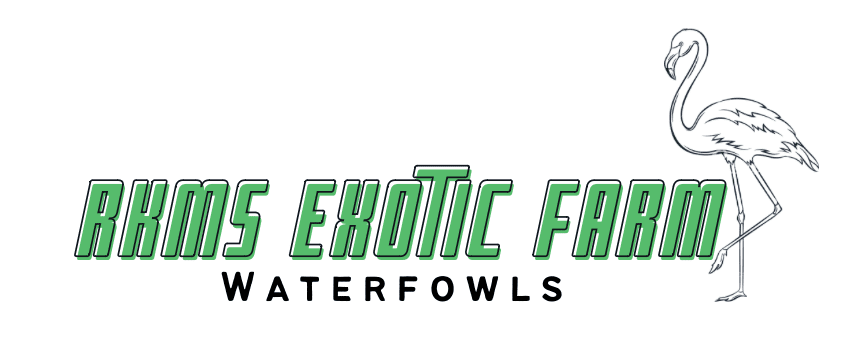How should I care for my new birds once I receive them?
As soon as you arrive home with them your birds should be removed from their shipping box and placed in a quiet and as stress free environment as possible. Be sure to open their shipping box in a secure area, birds can spring quickly from an open box and escape. Do avoid excessive handling, loud noises and sudden movements. They should be given food and access to clean swimming water that is easy for them to get in and out of. If possible offer them a food that is similar to what they are used to (which is listed in the paragraph below).
Please do not place your birds into an enclosure that has only a water source and wire walls. Often enclosures that have worked well for chickens and other domestic birds are not suitable for wild ducks. These birds need some cover to feel safe, and to keep them for being overly stressed out. It is helpful if their enclosure has a hiding spot where they can get completely out of site if they wish to. Some site barriers on the sides of the enclosure are also very helpful as they will keep the birds from seeing things outside the pen that they may find stressful.
It is best if they can be kept in an enclosure that is separate from other birds that you may already have, until they have had time to adjust to their new home. But being held in an unsuitable enclosure or small cage such as a rabbit hutch or bird cage is strongly discouraged. Being put into an unsuitable enclosure can have a harmful effect on your birds.
If your birds are added into an enclosure that already contains other birds make sure that your new birds are not being bullied and /or kept away from the water and food.
If this problem occurs a good solution is to remove all the old birds from the aviary for a few days to allow the new birds some time to settle in. Then begin adding the old birds back at a rate of 1 bird per day until you have all the birds together in the same pen. For birds being placed on open water we strongly recommend pinioning or at least wing clipping.
For large ponds or lakes it is best if the birds can be held for a few days in a suitable enclosure that has the same specifications as mentioned above. This enclosure should be very close to the pond or lake that you plan to release your birds onto and it is best if they can see the water from the enclosure. Holding the birds in a small cage or unsuitable enclosure before release is not recommended. If no suitable structure is available we recommend releasing straight onto your water, rather than holding them in unsuitable conditions.
If your birds are pinioned be sure to handle them with extra care. It is not uncommon for you to see some blood on the pinioned wing tip, this is often caused from the bird jumping and or flapping its wings against the sides of the shipping box causing some of the scab to break off. This will heal on its own and requires no special care.
Pinioned birds will not be able to fly off, as in fly off into the sky over the trees never to be seen again. But they can still jump very well and might even be able to flutter in the air for a minute, it is possible that they may be able to get over a low fence so please keep this in mind when releasing them.



